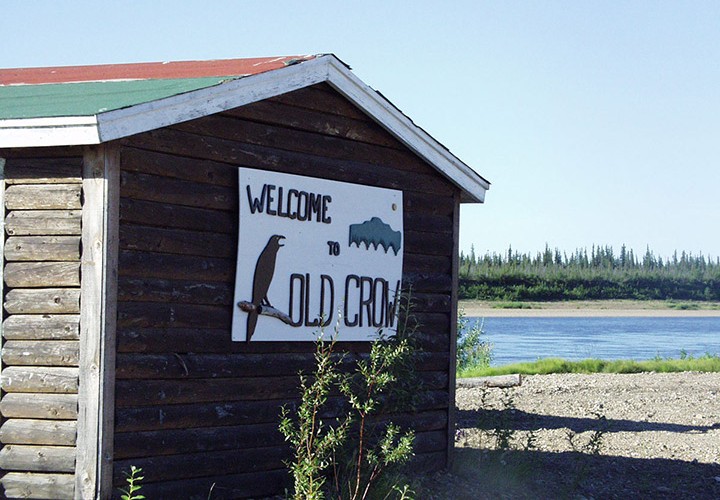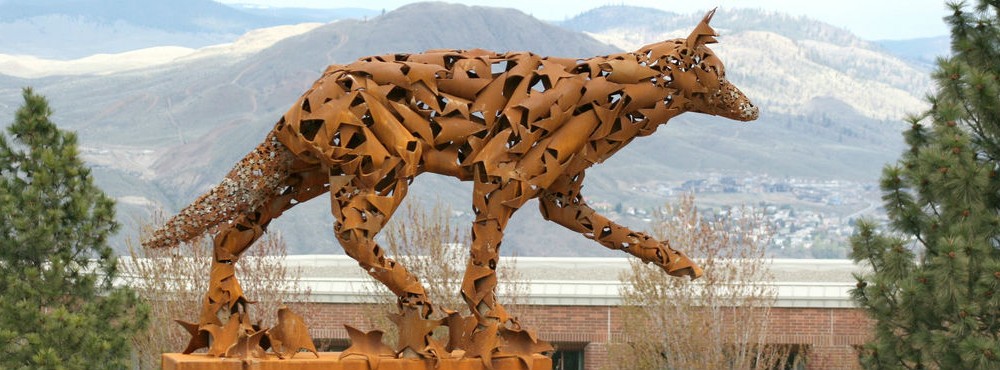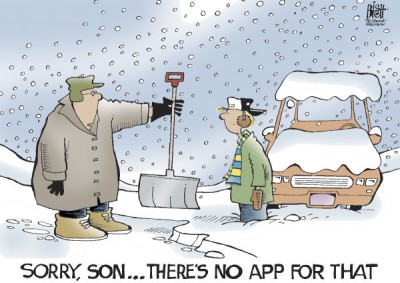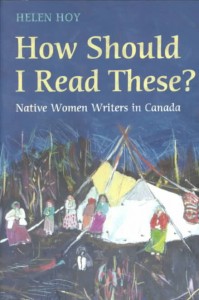Write a blog that hyper-links your research on the characters in GGRW according to the pages assigned to you.
Pages 359-376, 1993 Edition
This passage follows the converging paths of Eli and Lionel, Latisha and Alberta, as they travel towards the Sun Dance.
“Who would want to kill John Wayne?” (359)
My section starts off with a bewildered Bill Bursum putting another copy of the movie in the VCR and finding out that the ending has changed too. Exasperated, he decides to go to the lake.
This scene is significant because it provides a neat summary of the two anti-Indian historical figures Bill Bursum represents. Holm O. Bursam was a US Senator who advocated the extraction of New Mexico’s natural resources and who proposed the Bursam Bill of 1921, which ultimately divested Pueblo Indians of their land and gave them to American settlers. In this novel, this character also participates in the exploitation of natural resources by investing in the man-made lake by the dam. The character’s first name is also an allusion to William R Cody, who ran the Buffalo Bill Cody’s Wild West Show at the turn of the 19th century. Bursam’s historical affiliation with the West explains the character’s affinity with John Wayne, whom film historian Newman describes as the “Injun-hating screen cowboy” (Flick).
—————————————————————————————————————–
“Dead Dog’s the other way” (360)
In the next scene, Eli and Lionel go out for lunch to celebrate the nephew’s birthday. The Dead Dog Café represents the stereotypes that tourists have about Blackfoot cuisine and by extension culture. Edward Custer mentions dog-eating in My Life on the Plains. Latisha, who runs the restaurant, of course, sees this as a clever marketing scheme. Lionel’s endorsement of it, by contrast, and his subsequent proposals to “stop at the band office cafeteria,” can been read as evidence of how he has come to accept and naturalize the exoticised version of the Indian as authentic. Thus, Eli’s proposal that they “go Native” and eat Norma’s stew at the Sundance signifies a return back to their cultural roots.
—————————————————————————————————————–
“Ann Hubert, a white girl who wore a new dress to school each week, asked her if the Sun Dance was like going to church. (369)”
As Latisha and Alberta drive towards the camp, they discuss George’s letters and Alberta’s pregnancy. Latisha has a flashback to a time in high school when her presentation on the Sun Dance was repeatedly interrupted by a girl named Ann Hubert. Ann Hubert is a conflation of Anne Cameron and Cam Hubert—both pen names for one person, a female Canadian novelist, poet, and playwright named Barbara Anne Cameron. “Most widely known her feminist renderings of Coast Salish and Nuu-chah-nulth legends in Daughters of Copper Woman” (BC Book World), Cameron has also beenaccused of cultural appropriation. In particular, Flick writes, “the Nuu-Chah-Nulth, who were supposedly represented in Daughters, have rejected the work.” King sees Cameron as a writer who exploits “Indianness” for some purpose in their work, and the parallels to Ann Hubert are clear. Although the white girl purports to be curious about Native culture, she constantly cuts Latisha off, more keen on forming and imposing her own conclusions than actually listening.
—————————————————————————————————————–
That’s Martha Oldcrow’s grandkids… and Bertha Morley’s daughter. (375)
As Eli and Lionel walk about camp, King slips in the names of two ladies with remarkable backgrounds.
Earlier in the book, Martha Old Crow (31) is identified as the medicine woman and go-to healer of the tribe. It’s spelled Oldcrow on page 375 of my edition and I wonder whether this is a misprint. Martha Benjamin of Old Crow became the first Yukoner to win a national skiing title—and possibly the first Canadian First Nations female to win an individual national championship in any sport—when she won the inaugural Canadian women’s cross country ski championships. After her victory, Martha went on to train for the Olympic team but family obligations kept her from competing at this level. Benjamin was a lifetime resident of Old Crow—the most northernmost community in the Yukon and home of the Vuntut Gwitchin First Nation.
Bertha Morley was an American music teacher who lived in Marsovan during the Armenian Genocide. Her diaries how “Armenian property was plundered by Ottoman local and central officials and how Armenian women and children converted and were absorbed into Muslim households” (back cover). Although she account might seem geographically irrelevant to Green Grass Running Water, Morley stands for someone who witnessed the cultural erasure of a people group by political authorities. I’m reminded of Dr. Paterson’s point that the residential school system was also a form of genocide. The fact that Bertha Morley’s daughter returns to the Sun Dance, however, conveys the hope that the Sun Dance can be a place of healing.
—————————————————————————————————————–
As Eli and Lionel walk around camp, they make allusions to two damn-building controversies.
“The dam is killing the river… no flood, no nutrients, no cotton woods… Sundance tree” (376)
The Oldman dam was constructed in 1992 just North of Pincher Creek Alberta, in spite of protests from the Peigan Nation on whose land the government was intruding. Beginning 1990, the Peigan Lonefighters Society began diverting the river using an excavator to render the multi-million dollar dam useless, leading to an armed standoff. King quotes directly from Little Mustache of the Brave Dog Society, who maintains that the Oldman Valley had always “provided the Peigans with willow to build sweat lodges; animal furs and feathers to make the holy ceremonial bundles; roots and herbs for healing; and cottonwood posts for the sun dance” (Flick). Dam-building staunches river flow and causes severe damage to local riparian biomes which are important to Indian cultural life.
“Maybe we should give the Cree in Quebec a call” (376)
Another allusion to the Great Whale projects, Eli refers to a settlement between the Cree and Quebec government in 1975. The First Nation was promised up to 2 percent of the revenue generated by Hydro-Quebec’s new dam—$3.5 billion over 50 years. Although the deal has drawn criticism from environmentalists, this capital base provides the tribe with much-needed resources for self-government and self-development.
“The Cree people are living in what can only be described as extreme poverty,” said David Boyd, a professor of environmental law at Simon Fraser University in Vancouver, British Columbia. “Their leaders made a decision—a very difficult decision, I’m sure—to sacrifice some of the environment to reap the economic benefits of development in their region” (National Geographic).
—————————————————————————————————————–
Works Cited:
“Anne Cameron.” ABCBookWorld. Web. 01 Apr. 2016.
Flick Jane. “Reading Notes for Thomas King’s Green Grass, Running Water.” Canadian Literature 161/162 (1999). Web. 25 Mar. 2016
Harder, Ben. “Canada Cree Now Back Power Project on Native Lands.” National Geographic. National Geographic Society, 2 July 2002. Web. 25 Mar. 2016.
Janusz, Barbara. “Who Speaks for the River? The Oldman River Dam and the Search for Justice.” AJ – Canada’s Environmental Voice. 25 Feb. 2014. Web. 25 Mar. 2016.
King, Thomas. Green Grass Running Water. Toronto: Harper Collins, 1993. Print.
“Martha Benjamin: Canadian Champion.” Whitehorse Daily Star. 14 Mar. 1990. Web. 25 Mar. 2016.
Morley, Bertha B., and Hilmar Kaiser. Marsovan 1915: The Diaries of Bertha B. Morley. Ann Arbor, MI: Gomidas Institute, 2000. Print.
“Old Crow.” Yukon Info. Web. 01 Apr. 2016.











